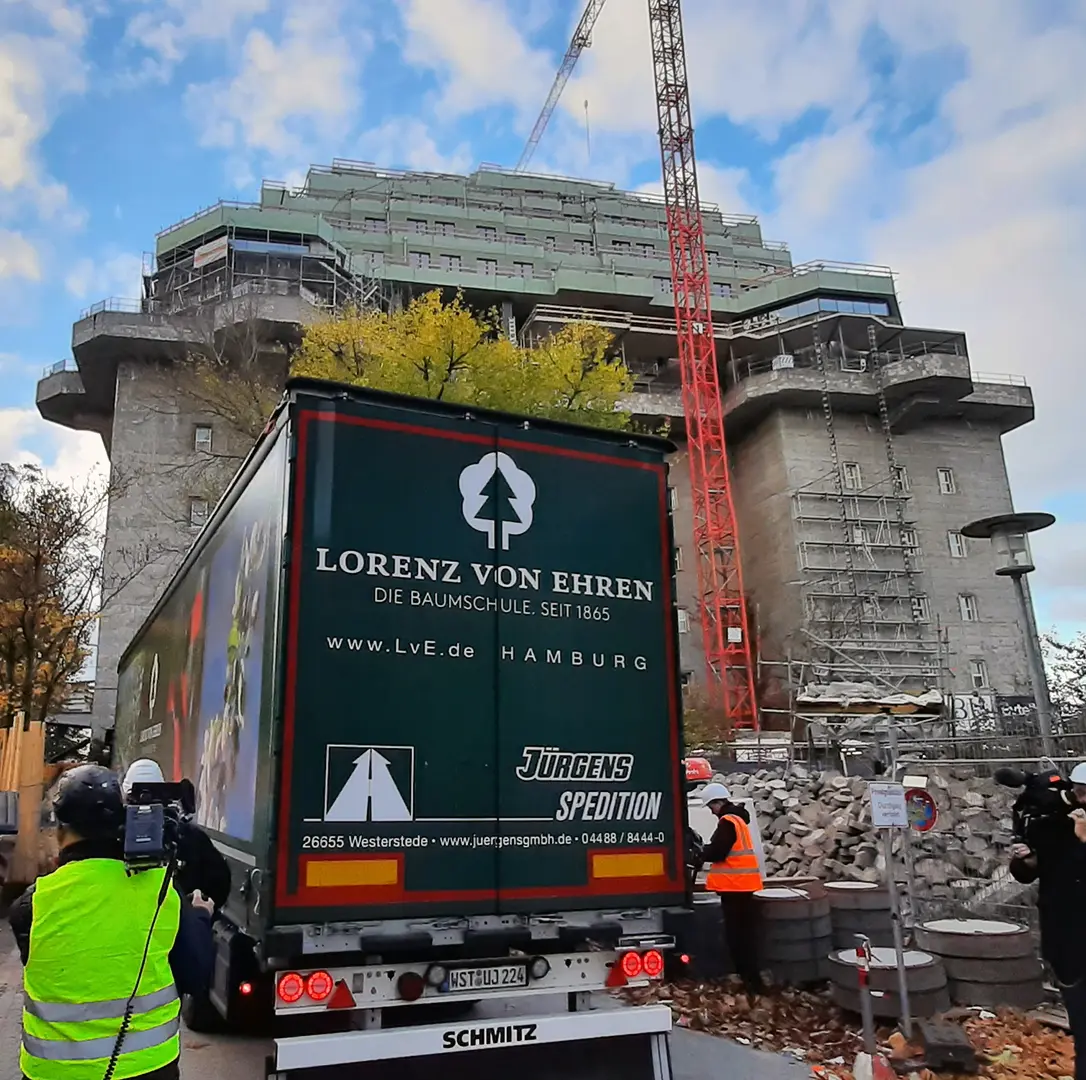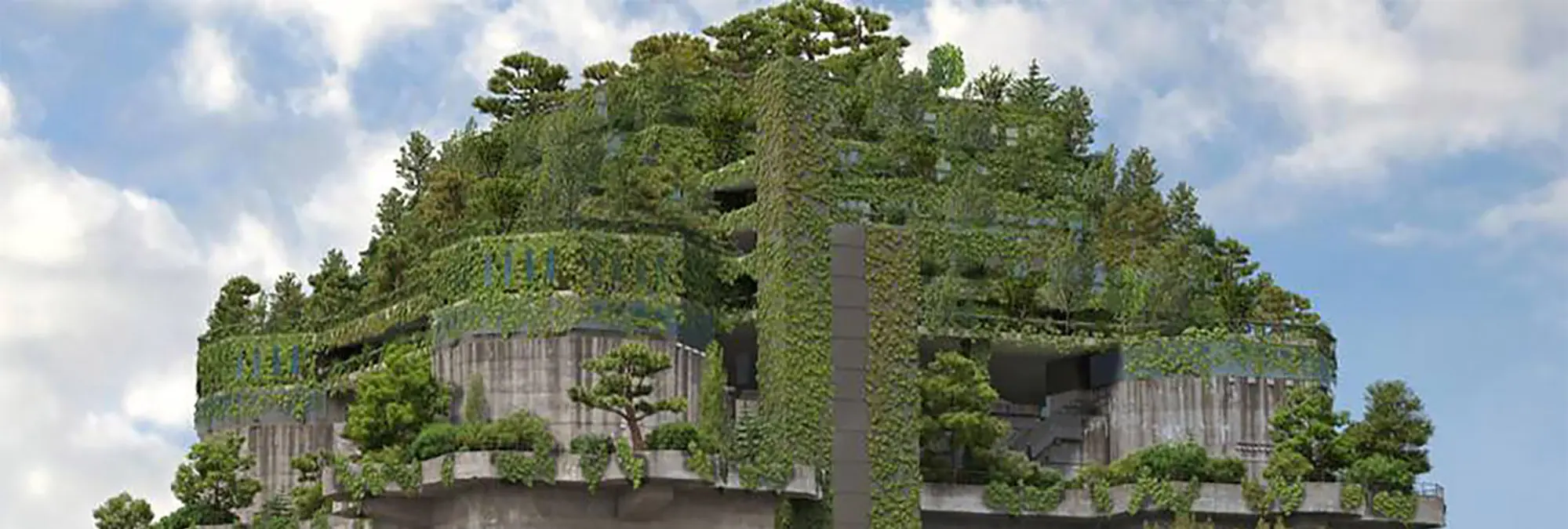
Green bunker St. Pauli: Greening of Hamburg's highest city garden begins
4,700 plants will make the St. Pauli Bunker a spectacular natural oasis. 4700 trees we supply are deciduous trees and conifers: Over the roofs of the Hanseatic city, more than 7,600 square meters of public green and communal areas will be created. A facade area of 1,700 square meters and a 300-meter-long "mountain path" will be greened.
An important step is now ahead: On Wednesday, November 9th, we will start delivery of the first woody plants and planting the gray colossus. "The planting start is a great milestone for all of us on the way to the green Bunker," says Henning Lübbe, project manager of Matzen Immobilien KG (client).
In the coming months, the five new floors will then be greened step by step. All the trades involved are working hard to complete a large part of the planting at the beginning of 2023. An exact date depends, among other things, on the weather in the coming winter months.
Since September, the substrate has been blown onto the planned bunker surfaces at a height of more than 50 meters. The project requires a total of about 2,000 cubic meters of the nutrient-rich special mixture, which was specially prepared for the green bunker.
The pioneering landscape architectural project, which is currently growing in Hamburg, is also causing international attention as a future showcase project for climate adaptation in metropolitan areas.
The former anti-aircraft bunker, one of the largest high bunkers in Germany with a base area of 75 x 75 meters, will be expanded by five pyramid-like stories to 58 meters upwards. Since construction began in mid-2019, around 180 people and 25 trades have been working on the implementation. In addition to a hall for sporting and cultural events, the bunker for the first time contains a memorial of the Nazi regime victims and the Second World War. In addition, rooms for district culture, exhibitions, accommodation for scholarship holders and artists, as well as a hotel are being built.
But a spectacular highlight will be the freely accessible roof garden. In times of climate change, the St. Pauli bunker planting is a role model for similar projects around the world. This is because heat waves, droughts, heavy rain, and air pollution also especially affect international metropolises.
Thus, there is immense interest in experience and best practices. In order to scientifically prove the planting and greening effects, sensors are installed throughout the bunker. The sensors will be recording data such as evaporative cooling and thermal insulation for five years. Climate experts at the Technical University of Berlin analyse the data in order to record exactly the climatic effects on the building and microclimate in the district and to make them available to future international projects.
The costs of the pioneering project, which were privately financed by the client Matzen Immobilien KG, amount to around 60 million euros. The client also assumes the additional costs for intensive landscaping of the public city garden after completion.
The construction project is going to be completed in the next five months; however, probably under great time pressure. As time and again emphasized, the time schedule may need to be adjusted due to such unfavourable factors as Covid, supply bottlenecks, and general shortage of materials.
A large number of other Hamburg companies are involved in the project implementation, since the St. Pauli Bunker is their heartfelt wish for their home town. These include Landscape Architecture Office L+, a traditional tree nursery of Lorenz von Ehren, the landscape gardener Hildebrandt, the hotel operator RIMC and many other North German craft and service companies. Wolf von Waldenfels, hall operator and creator of the renowned scene club "Uebel & Gefährlich” must also not be forgotten, all the more so since he was awarded for its program several times.

“A great project! The location is full of symbolism and, moreover, unusually high for a roof garden. This new way of urban planning is ahead of time and forward-looking. We are very pleased that the planting is now starting.”
Bernhard von Ehren, managing partner
Among others, the following woody plants will be planted
- Acer campestre
- Apfel ‘Weißer Winterglockenapfel‘
- Pinus sylvestris ‘Watereri‘
- Acer neglectum ‘Annae‘
- Apfel ‘Finkenwerder Herbstprinz‘
- Viburnum 'Pragense'
- Prunus lusitanica 'Angustifolia'
In addition, there are various shrubs, climbing plants, hedges and overhanging woody plants. Altogether about 4,700 plants.

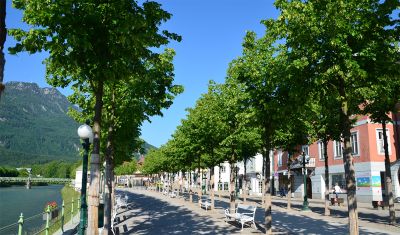
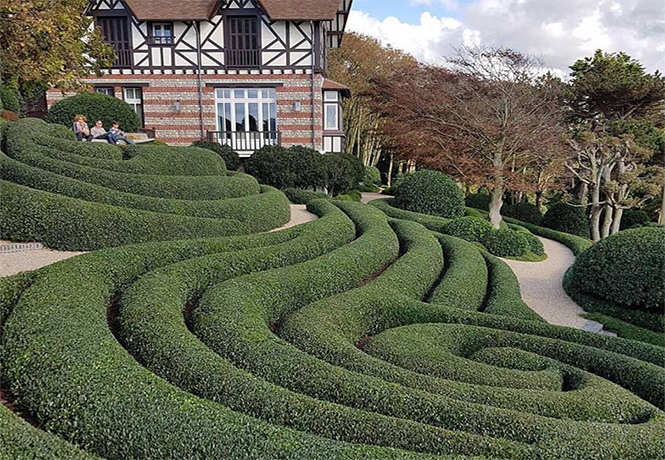
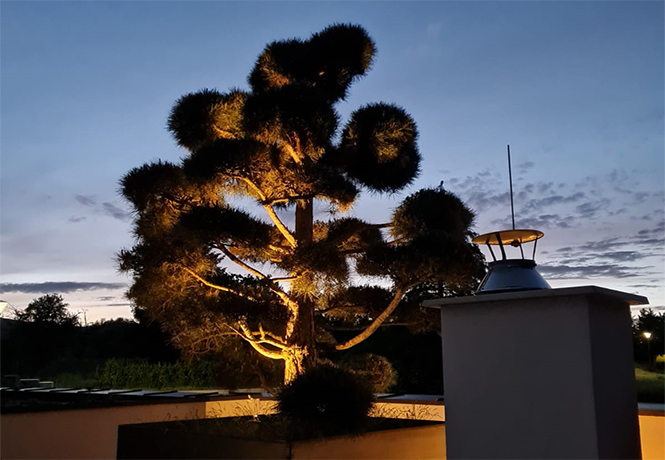
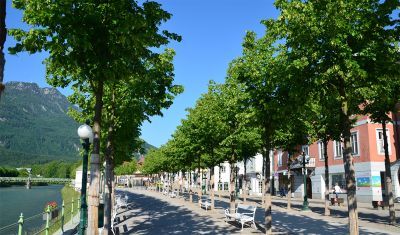

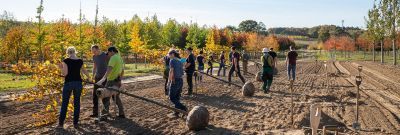

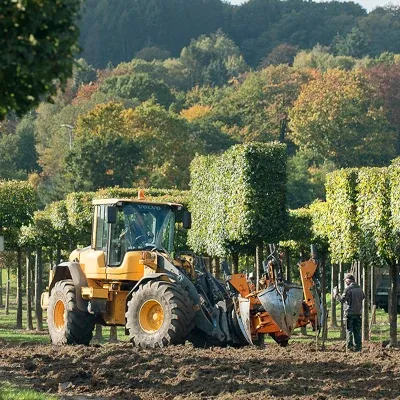
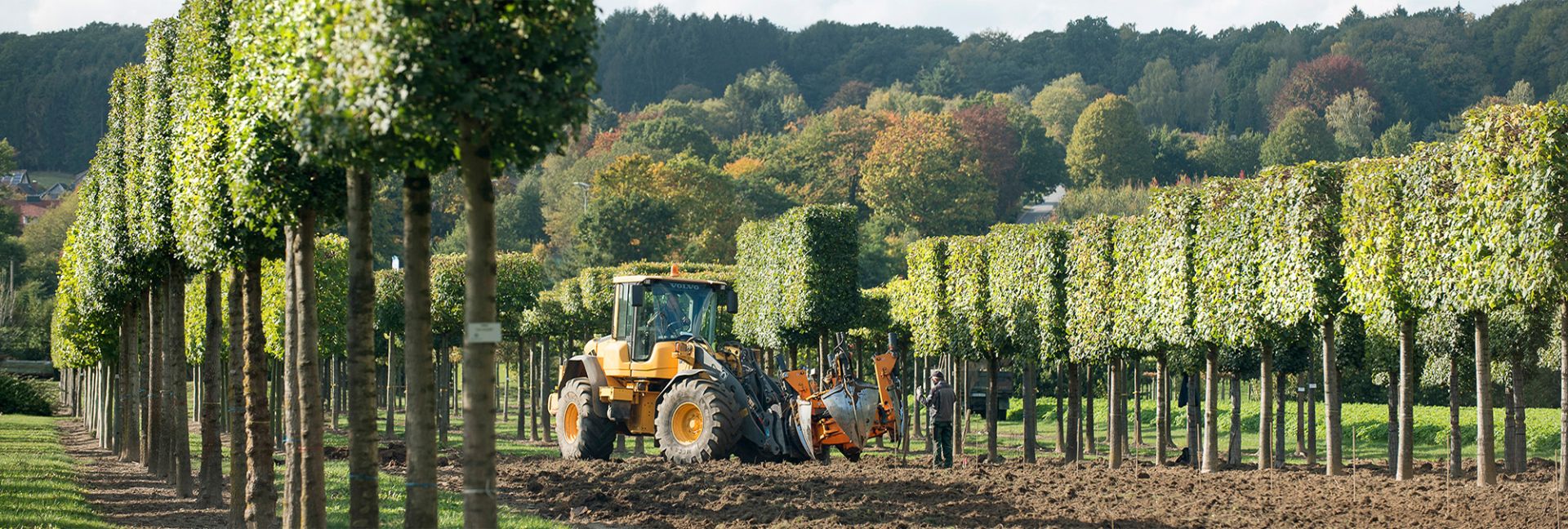
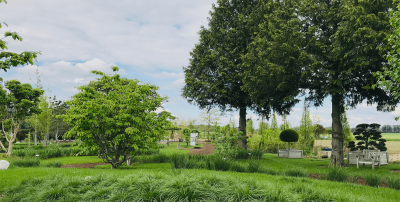
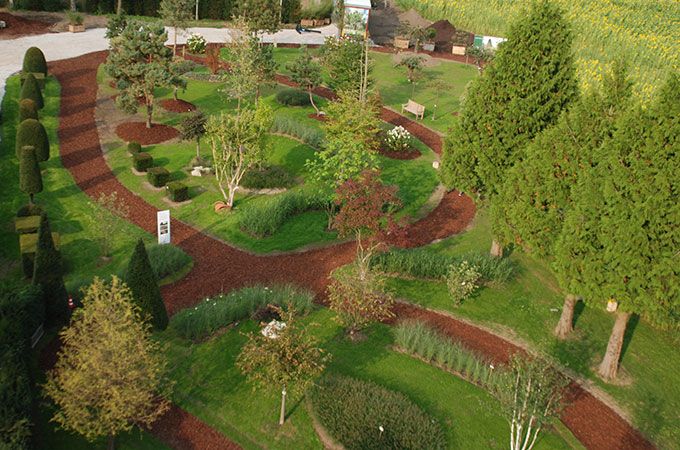
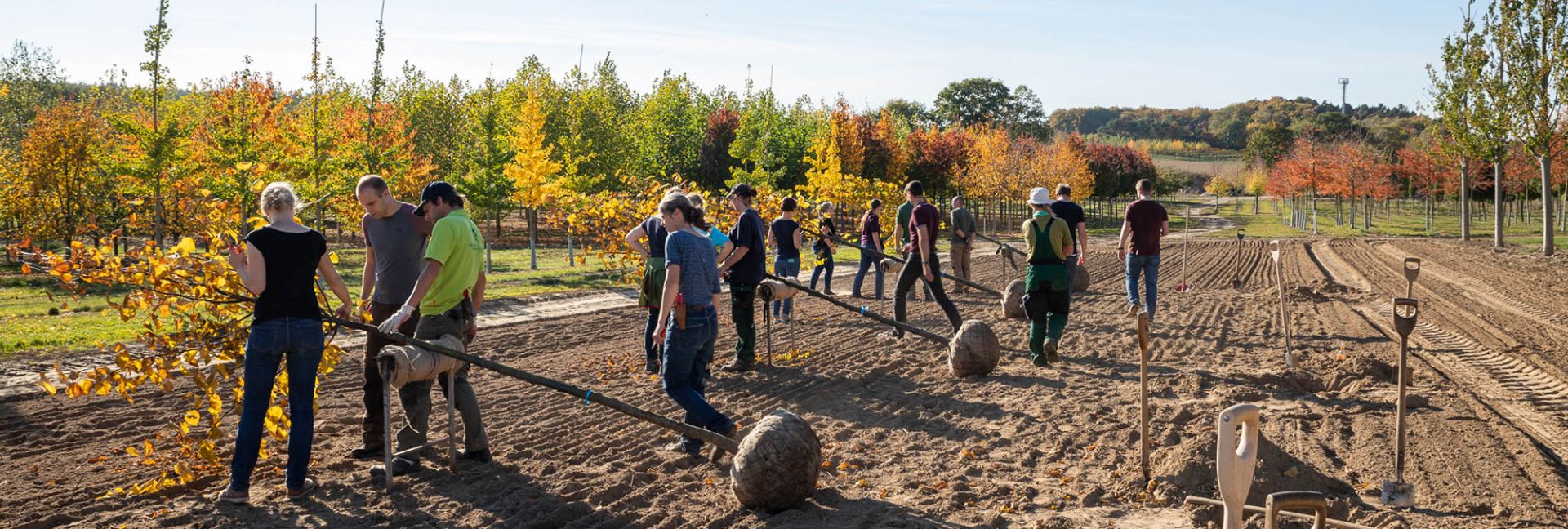
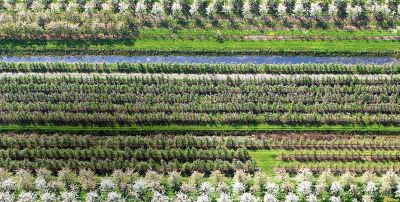
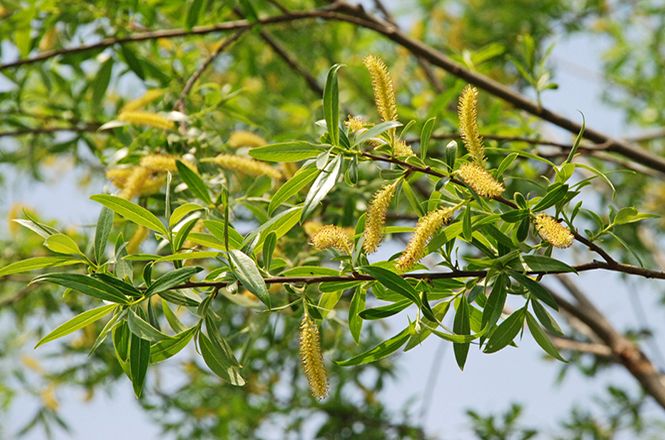
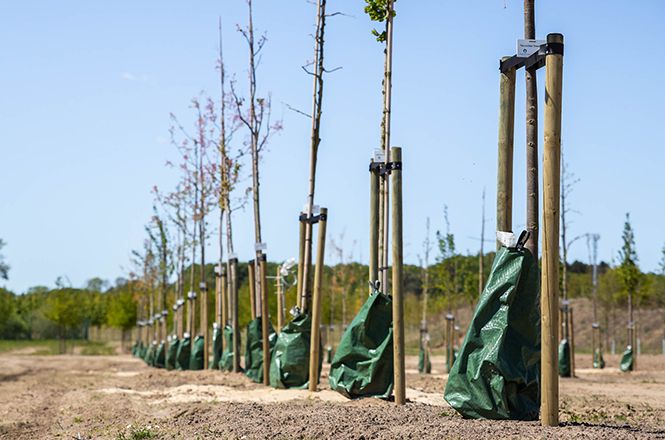
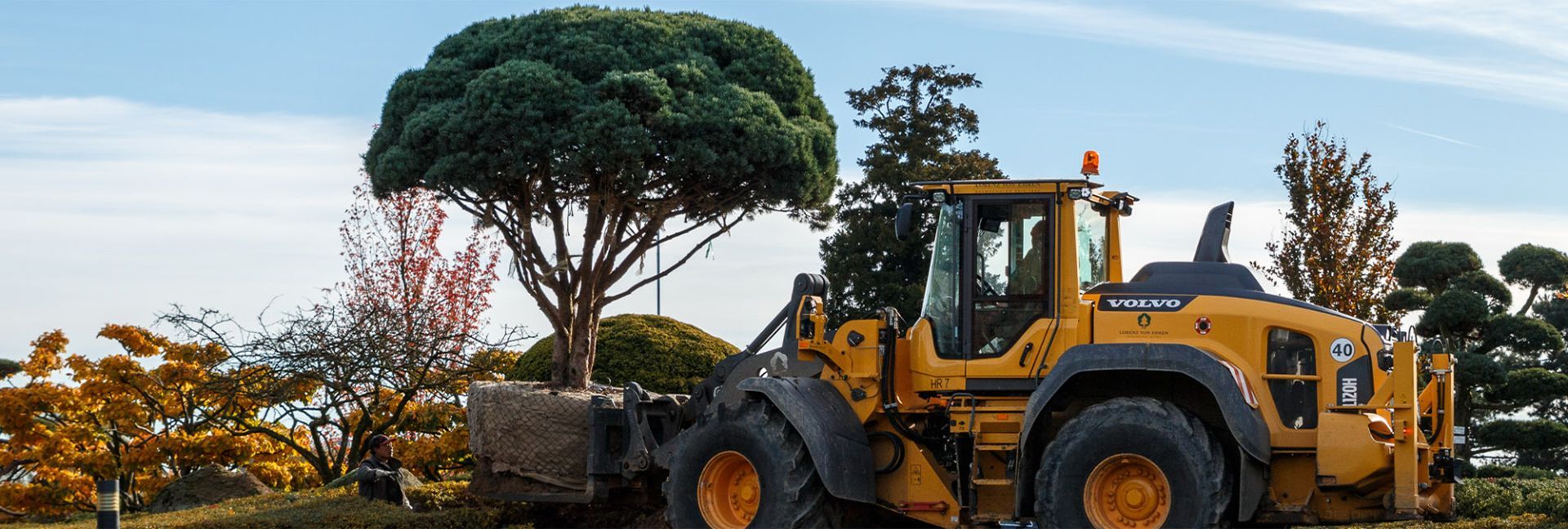
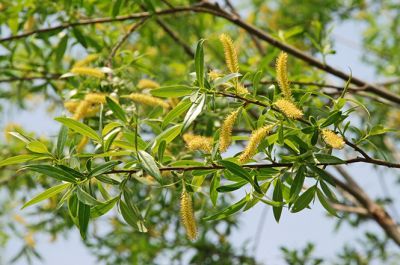
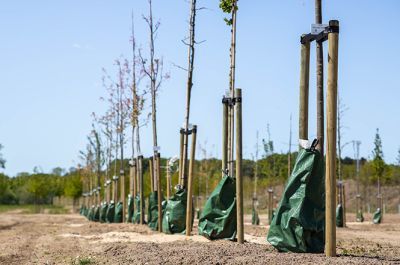
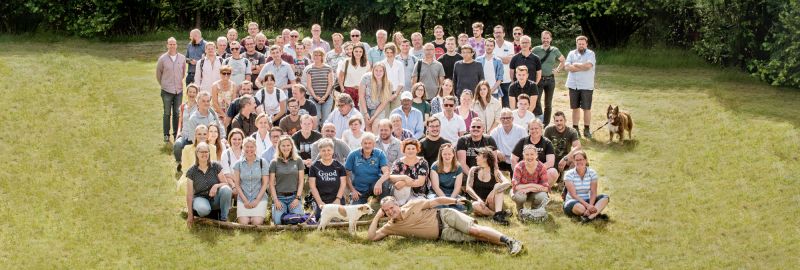
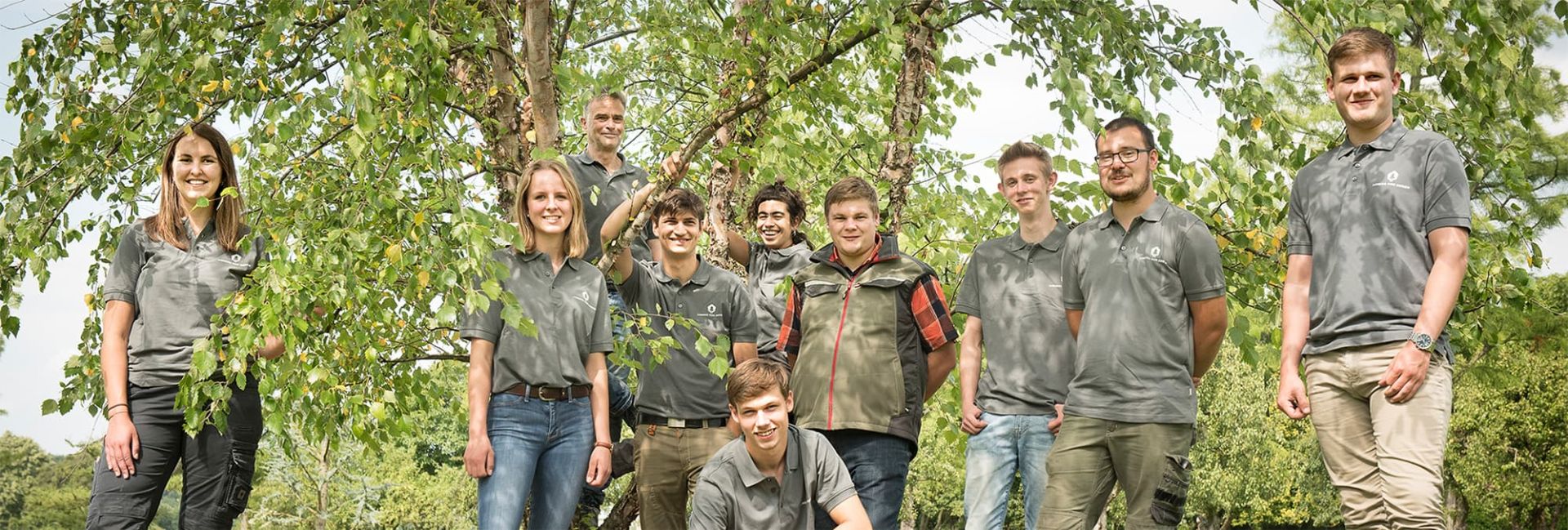
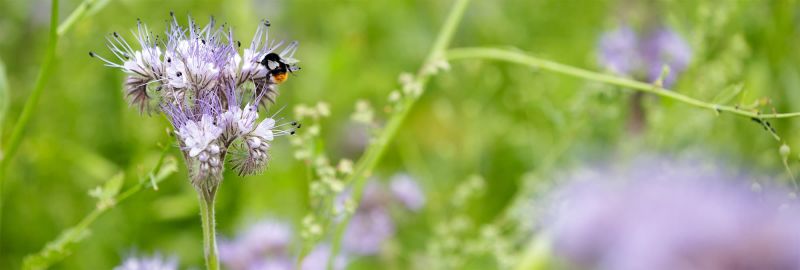
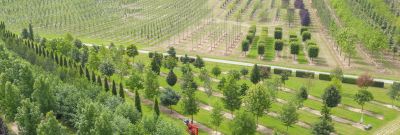
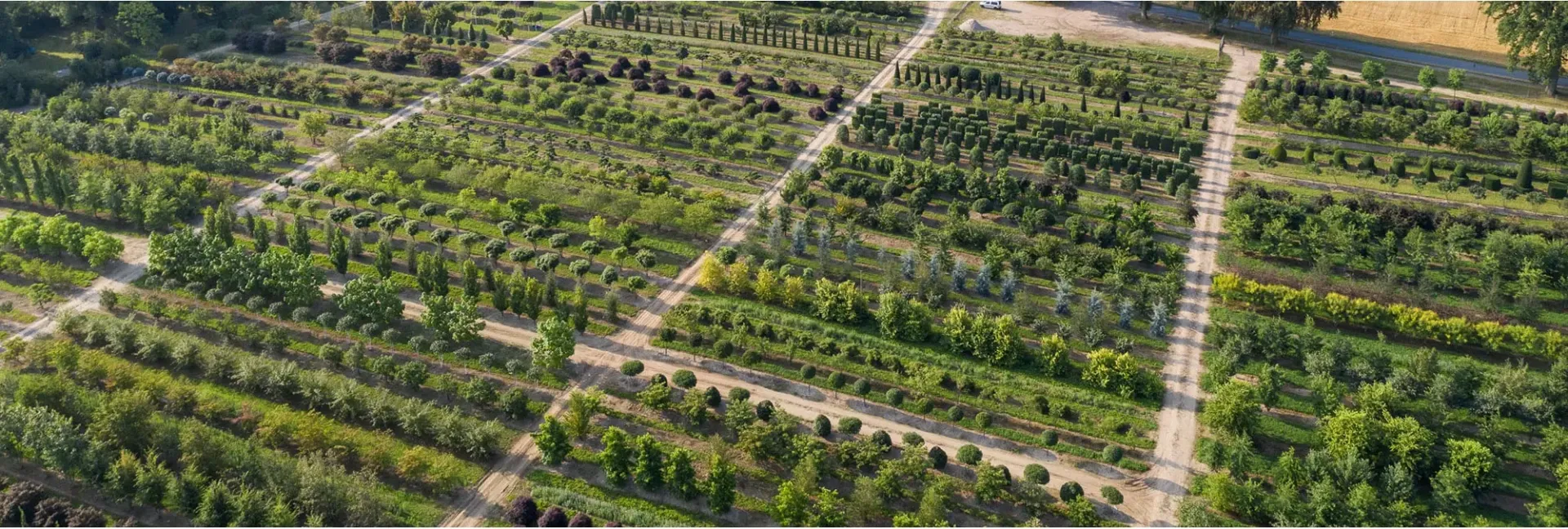
_400x400.webp)
